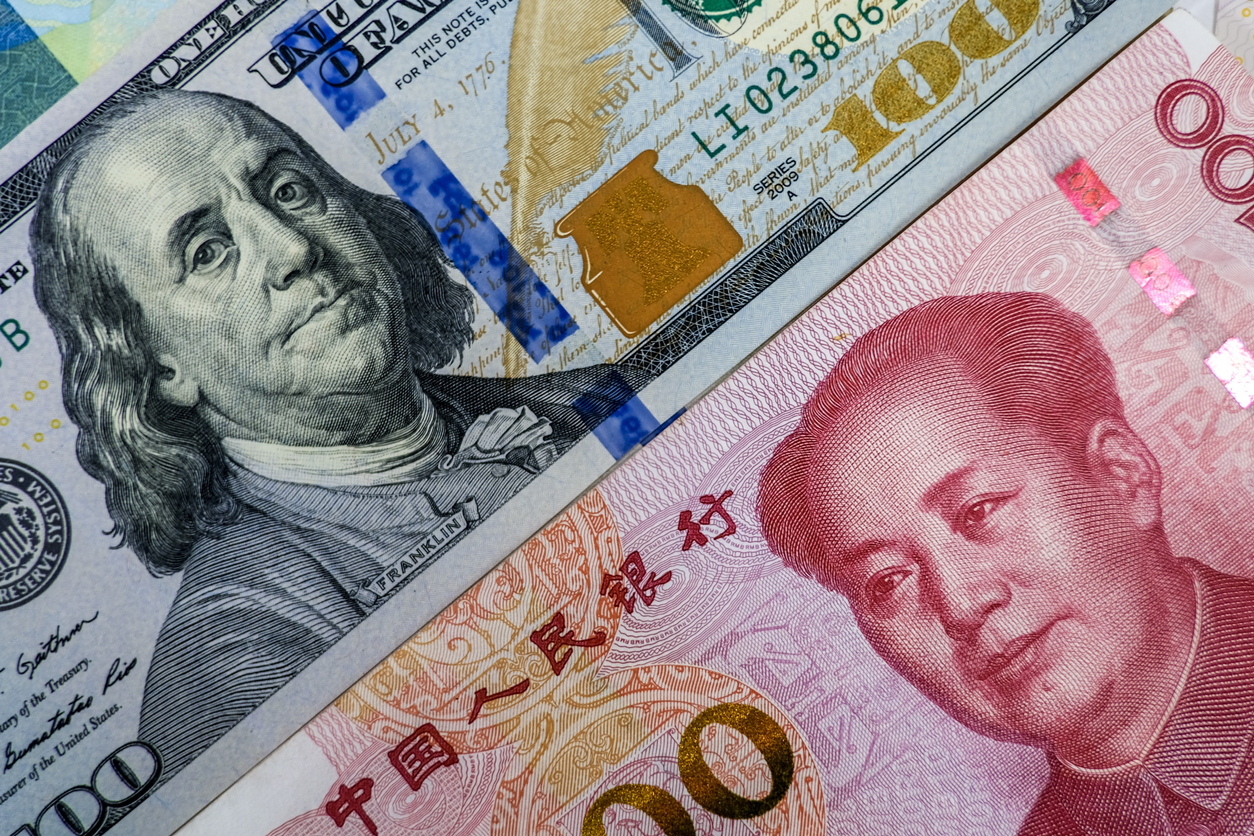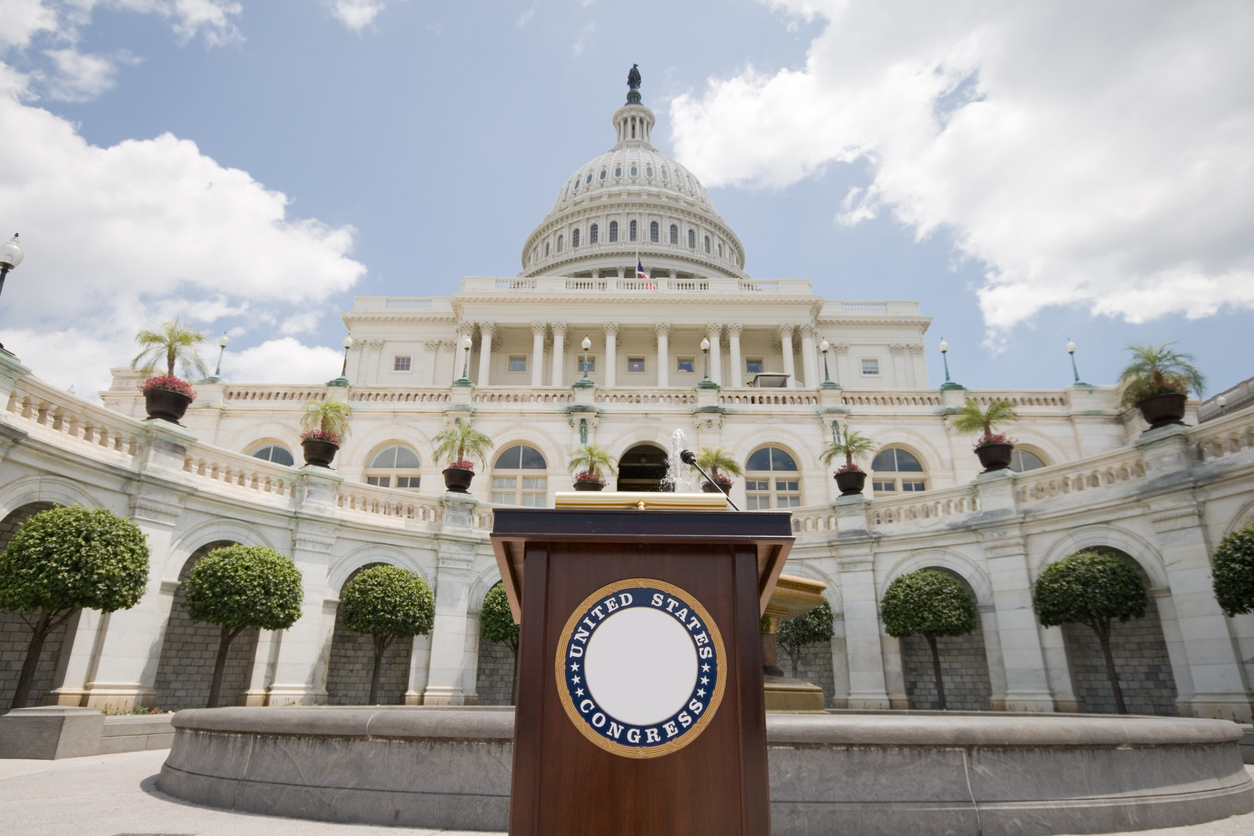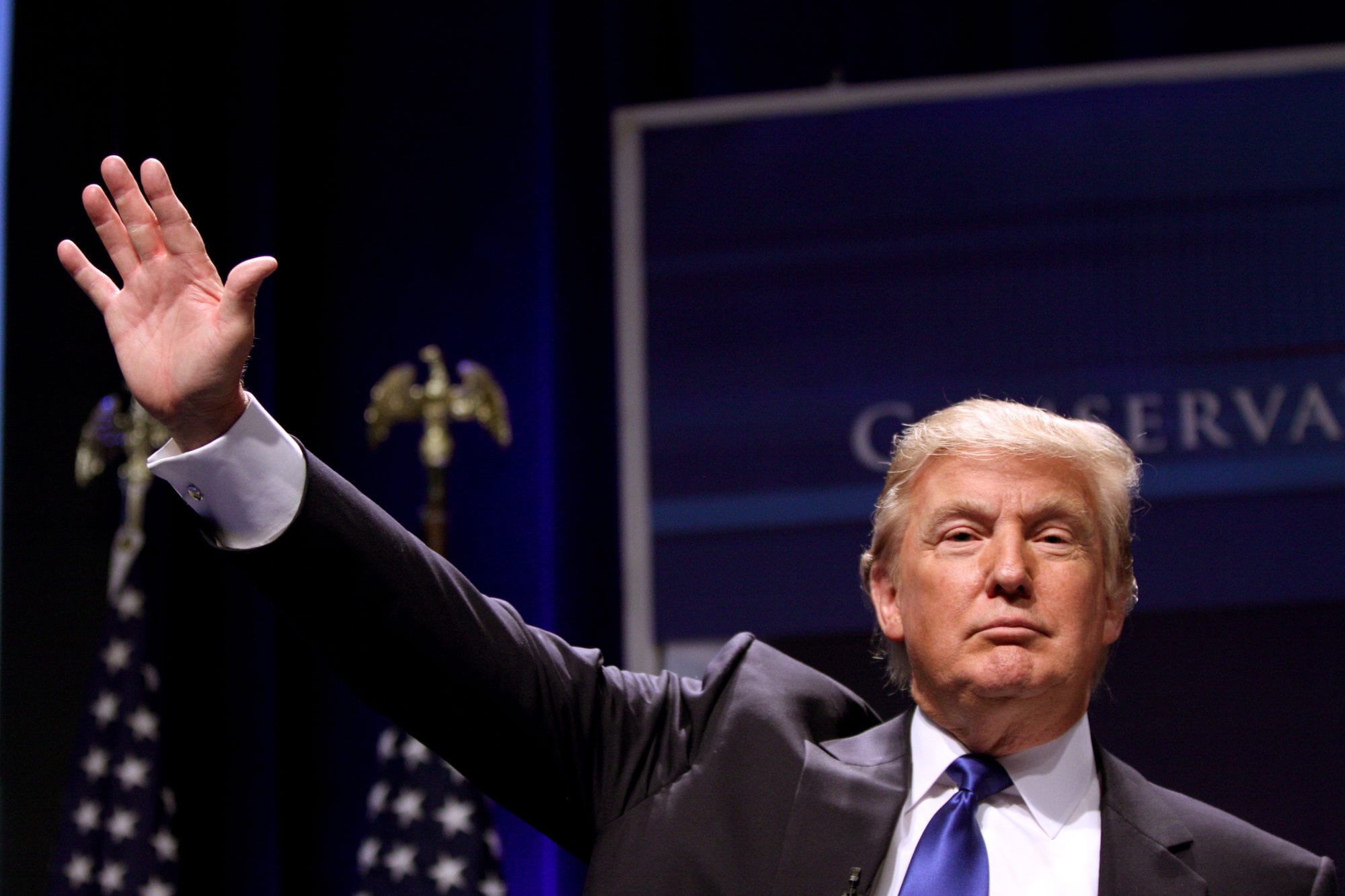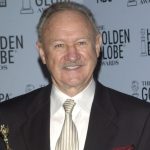US Stocks and Dollar Tumble as Trump Intensifies Attack on Fed Chair Jerome Powell.
US stocks and the dollar took a significant hit as President Donald Trump escalated his attacks on Federal Reserve Chair Jerome Powell, branding him "a major loser" for his reluctance to lower interest rates. In a pointed social media post, Trump urged Powell to "pre-emptively" slash interest rates to bolster the economy, accusing the Fed chair of being "too slow" in responding to economic developments.
"There can be a SLOWING of the economy unless Mr. Too Late, a major loser, lowers interest rates, NOW," Trump tweeted.
This public clash with Powell comes amid rising market instability fueled by Trump's ongoing trade war and tariff imposition, which has triggered a sell-off on the stock market and heightened fears of a looming recession. The president’s feud with Powell, whom he appointed to lead the Federal Reserve, has exacerbated the situation and added further volatility to already fragile markets.

The S&P 500, a key index tracking the performance of the largest US companies, plummeted by 2.4% on Monday and has now shed roughly 12% of its value since the start of the year. The Dow Jones Industrial Average also dropped by 2.4%, marking a 10% decline for the year, while the Nasdaq experienced a 2.5% dip, down around 18% in 2023. Despite these significant drops, global markets outside of the US showed more restraint. Major indexes across the Asia-Pacific region, such as Japan's Nikkei 225 and Australia's ASX 200, saw only modest losses, while Hong Kong’s Hang Seng gained slightly.
RELATED: Why Everyone Is Watching the US Bond Market Right Now?
In Europe, the UK’s FTSE 100 remained largely flat, while Germany’s DAX and France’s CAC saw slight declines. However, while the US dollar and Treasury bonds are often considered safe havens during times of market turmoil, they too have been swept up in the chaos. The dollar index, which measures the US dollar’s strength against a basket of major currencies, fell to its lowest level since 2022, signaling growing concerns about the US economy.

Simultaneously, interest rates on US government debt continued to climb, signaling investor wariness, while gold reached a historic peak of $3,500 per ounce, as investors turned to precious metals as a refuge during these turbulent times. Trump's ongoing criticism of Powell dates back to his first term in office, where reports suggested he considered firing the Fed chair for not lowering interest rates fast enough. After winning re-election, Trump once again pressured Powell to lower borrowing costs.
RELATED: What Are Semiconductors—and Why Is Trump Targeting Them?
In recent days, Trump’s attacks have only escalated. Last week, the president called for Powell’s dismissal, writing on social media: "Powell's termination cannot come fast enough." The suggestion of firing Powell is a legally and politically controversial move, as the Federal Reserve is traditionally independent from direct political influence. Powell himself has stated that he does not believe the president has the legal authority to remove him from his post.
Despite this, a senior economic adviser to Trump confirmed that officials within the administration were considering the possibility of removing Powell from office. As these discussions took place, stock markets continued to react with nervous volatility.

Amidst these tensions, top economic policymakers gathered in Washington for the annual spring meetings of the International Monetary Fund (IMF) and World Bank. Christopher Meissner, an economics professor at the University of California, Davis, and former IMF economist, expressed concern about the threat to central bank independence posed by Trump’s repeated attacks on Powell.
RELATED: ‘Good Chance’ of US-UK Trade Deal, Says Vance—But at What Cost?
“Before the 1970s, there was significant political pressure on the Federal Reserve from time to time,” Meissner remarked during a BBC interview. “However, for the past 30 or 40 years, what we’ve learned is that central bank independence is crucial for financial stability and low inflation. This latest development represents a worrying reversal of that trend.”
The IMF will soon release its growth forecasts for individual countries, and the organization has already indicated that the US is likely to face substantial markdowns in its economic growth projections. Meissner also highlighted that global markets are watching closely to see if the old saying, “When the US sneezes, the rest of the world catches a cold,” still holds true. Given the growing expectation of a downturn in the US economy, the ramifications could spread far beyond American borders.

Conclusion - A Complete Mess
Trump’s actions and misguided economic strategies have only accelerated the instability of the US economy. By undermining the independence of the Federal Reserve and exacerbating tensions with global trade partners, he has helped to plunge the country into deeper uncertainty.
RELATED: Global Markets Rise as Trump Announces Temporary Tariff Exemptions.
If the consequences weren’t so severe, it would be almost laughable how one individual’s reckless behavior can destabilize an entire nation. Unfortunately, this has real-world impacts on millions of Americans, with long-lasting consequences for both the US economy and the global financial system.










